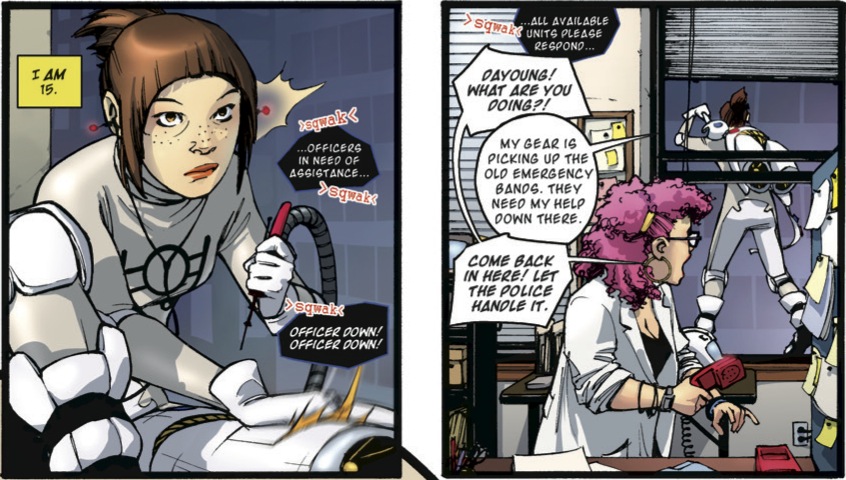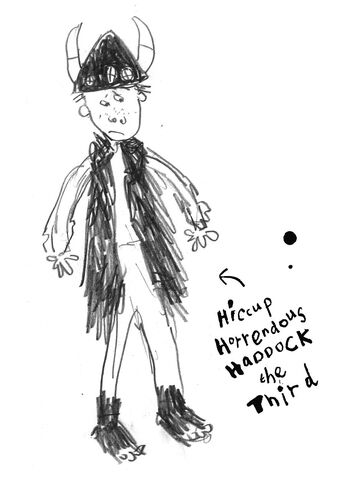In Medias Res: Use Wisely
Have you ever picked up a book only to be thrown into something and have no idea what's going on? Or turned on a movie or TV show only to start right in on something you don't understand? It's frustrating, isn't it? Those are examples of bad use of the technique in medias res. This post is going to talk about what that is and how it should be used properly to prevent reader confusion in writing.
What is in medias res?
In medias res is Latin for "in the middle of things". It's a narrative technique where you start right in the middle of a scene, or jump straight to some action, and is generally used to either grab reader's attention or put the protagonist in trouble so she is instantly empathized with.
How to use it wrong
Both of the above examples of how in medias res is used can be used right and wrong. Let's start by talking about the wrong ways it can be used.
• To make something exciting. Plenty of action movies start with a big chase scene or shootout. Something to get viewers blood pumping. While this can be fine, it can also be confusing, especially in a world where something needs to be explained.
• To create empathy. As many other people have said before me, throwing your character in the middle of a dangerous situation in scene one will not always create empathy. We don't know anything about this character, so why would we care if they get beat up or not?
• To grab your attention. When something starts off with a bang, it catches our attention. But unless that exciting scene is easily understandable, you can risk losing the reader. Why would we keep reading if we have no idea what's going on?
• To start fantasy and most sci-fi. Fantasy and science fiction generally take place in worlds that need lots of explaining. You can't just drop a person in and hope they figure out what's going on before too long. You need to find a good starting point to introduce the world without confusing people.
Examples:
• Princess Monoke. This movie starts off with a young man riding a weird creature through the woods, then fighting a giant, gross, boar thing. When I watched it, I had no idea what was going on or who I was supposed to be cheering for.
• Rocket Girl. This graphic novel just drops you into the story with a flying teenage cop in 1960s New York. It was hard to figure out what was going on at first, and it was hard to like the main character.
How to use it right
In medias res can be used properly, as many books and movies have shown. But I think it's one of those techniques that should be avoided without a good reason. Not every story needs an exciting beginning. It's nice to slowly submerge yourself into the story, rather than cannon-balling into the deep end. Here are some ways you can use it properly.
• With previously established characters. If the reader already knows the character, it's much easier to throw them into something exciting. We already know who to cheer for and why we should. Star Wars movies, for example, often do this.
• With a non-plot related scene. By this, I mean a scene that might not have much to do with the plot, but is used for introducing us to the main character and their personality. An action scene can reveal a lot about character, especial if the character is very physically active.
• With a scene that becomes relevant later. Sometimes, if used well, you can introduce something with a scene that might not make sense at the time, but as the story progresses you realize that it was important. Cars 2 does this with their opening scene, with a spy and a boat. Later you realize what you saw there was vital to the plot.
• When the scene rewinds. Now, I'm not a big fan of this usage, but once in a while it can be done right. Sometimes, you can start in the middle of something exciting and then back up to explain how they got there. But too often, it's basically clickbait for books. So use with extreme caution.
Examples:
• Indiana Jones and the Raiders of the Lost Ark. The movie begins with Indy and his guides hiking through the jungle after an artifact. There's then a big action sequence through the temple and ends with Indy getting his butt kicked by his rival. The scene isn't that important to the plot, but introduces us to Indy, his personality, and his rivals in a way that makes us root for him.
• The How to Train Your Dragon books. After book one, a majority of these books start with Hiccup in some awful situation, then goes back and tells the story of how he got there and how he gets out of the situation. The author does it pretty well and it works for these books.
Have you ever used in medias res? What are your favorite uses of it? What are your least favorite uses? Tell me in the comments.
Suggested Posts:
Writing a Team Readers Will Love
Reversing Time: Why You Shouldn't Use It










Couldn't agree more :)
ReplyDeleteCatherine